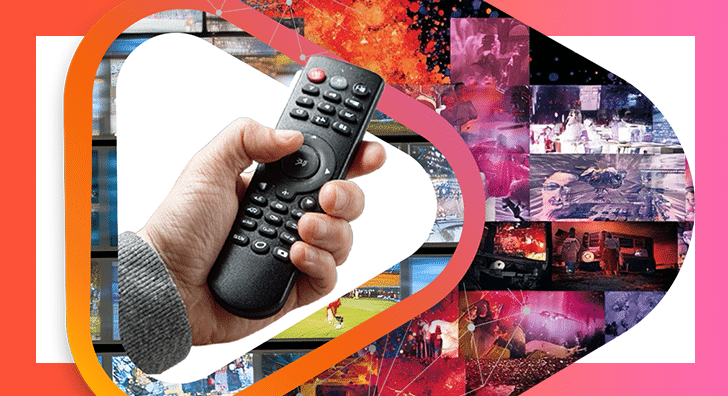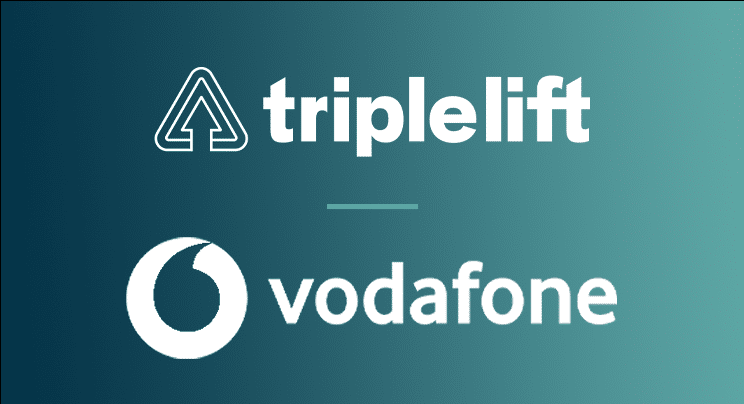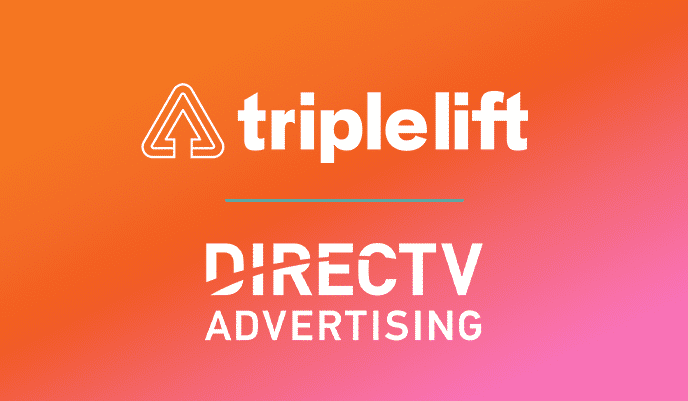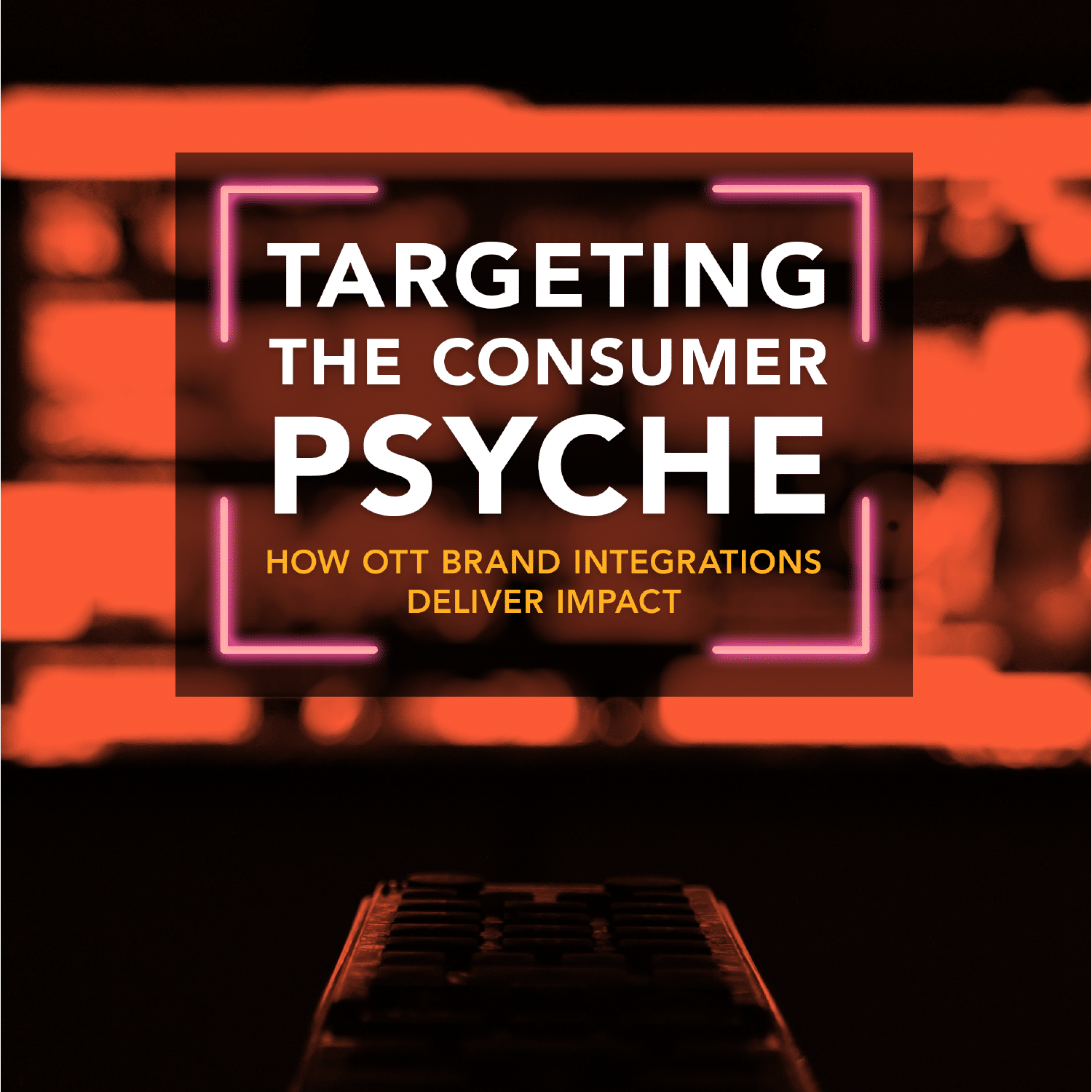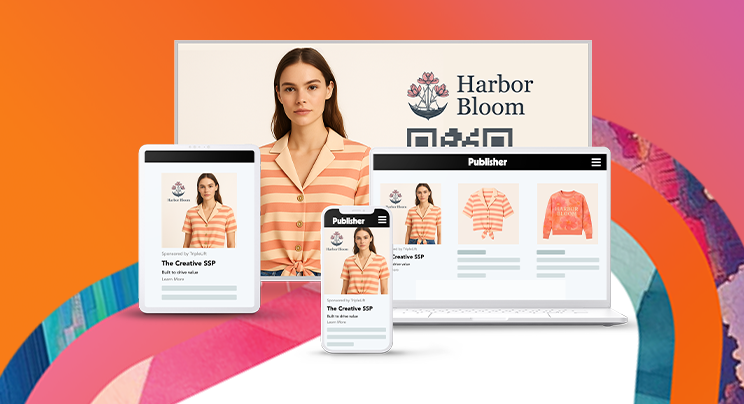Exploring Never-Before-Seen Research in OTT Environments
Introduction
A lot has changed since March. The Coronavirus pandemic has made us rethink our government, work and family institutions. In part to connect with others and sometimes just to check out, we’re leaning into a living room experience around video content.
Streaming television has become the new international pastime and it just so happens that the eruption of the streaming wars — with new services from Disney, NBCUniversal, WarnerMedia and Quibi — coincided with the necessary isolation of COVID.
Experts across industries are talking about how trends that were unfolding over a matter of decades, are accelerating into a matter of months. Nowhere is this more evident than in the streaming wars, where the consumer behaviors of the next two years are likely to define the winners and losers of the next two decades.
There are several new models emerging for brand-supported television including:
- Increased collaboration between programmers and brands
- Lowered ad loads
- Opt-in ads
- New ad formats
All of these trends are accelerating as the transition continues from traditional linear TV to streaming. Consumers in OTT environments will no longer accept the old fashion. They want brands to facilitate access to the programming they love, not get in the way.
To preserve a consumer experience that allows brand-supported TV to compete with brand-free and commercial-free content, AVOD streamers are moving away from interruptive ad formats and towards more integrated ad experiences.
The new viewer-first ad experience will ask fans what they want, not just what they’re willing to tolerate. This begs the question, what will happen to the $100B global market for television advertising? Now, in ad-free environments — integrations and product placement have always been the de facto “ad product” if you will. And the market is ripe for both investment and technological innovation. According to PQ Media Research & Insights, last year marked the 10th consecutive year of double digit growth for product placement revenue in the U.S., representing a more than $11B opportunity.
TripleLift has pioneered a programmatic OTT solution for integrating brands into premium programming in post-production.
The best part is, this requires no additional resources of show producers. And because no physical product is needed on set, it opens up the windows for marketers to get involved.
The Test
The emerging “new normal” that everyone’s talking about is going to require new measurement. One of the first things we have to do is figure out if this new model is even going to work. So we’re starting with just that: publishing first-of-its-kind research to determine how audiences are engaging with our new ad products.
So far the industry has yet to develop scientific methods to assess the return on investment in integrations. Production costs can be prohibitive. And there’s no “unit” or “unit cost”, therefore an academic approach to ROI analysis falls short.
We’re designing measurement solutions from the ground up that directly correlates with business outcomes — and invite new conversations and new questions from stakeholders throughout the entire value chain, about the efficacy of integrations in television.
Questions such as:
- What is an impression?
- What impact do brand integrations have on the perception of a show?
- How often are brands seen when integrated in TV programming
- Are brand integrations considered intrusive?
- Do brand integrations increase the effectiveness of standard working media?
In partnership with MediaScience, TripleLift integrated 8 brands across 3 different categories (Alcohol, CPG and Food & Beverage) into three different versions of the same episode: 1.) one that only had ad breaks without any integrations, 2.) one with just integrations and 3.) one version with integrations and their accompanying ads. This allowed us to have a control and exposed group, inching us closer to uncovering new insights about brand integrations in OTT.
